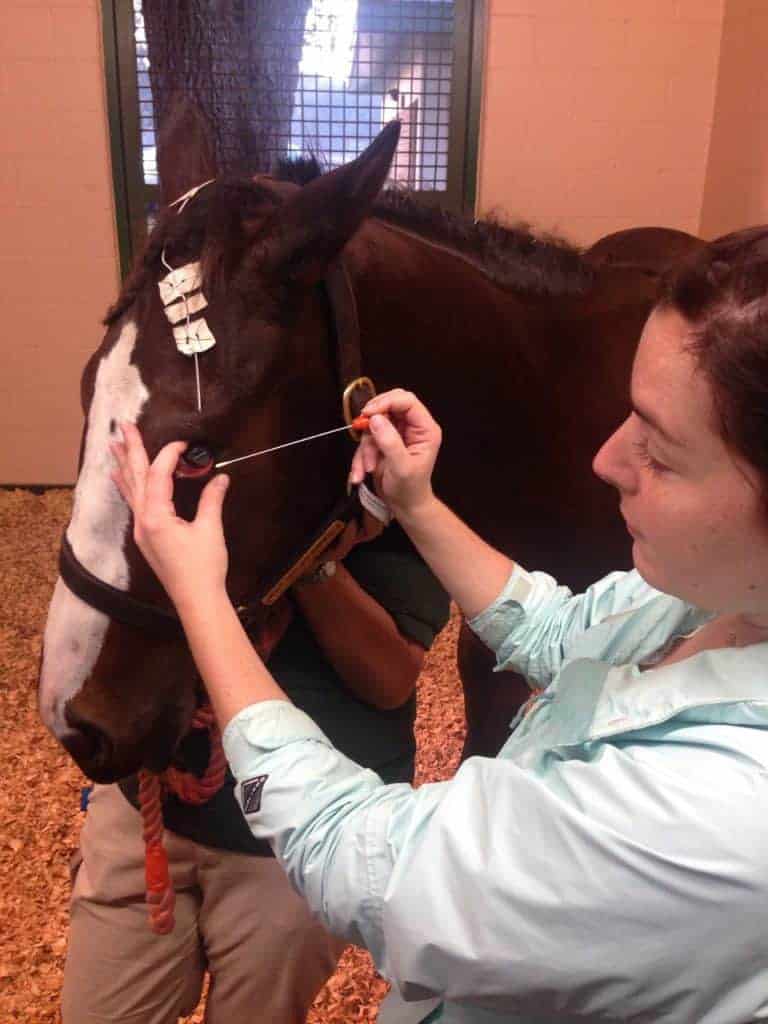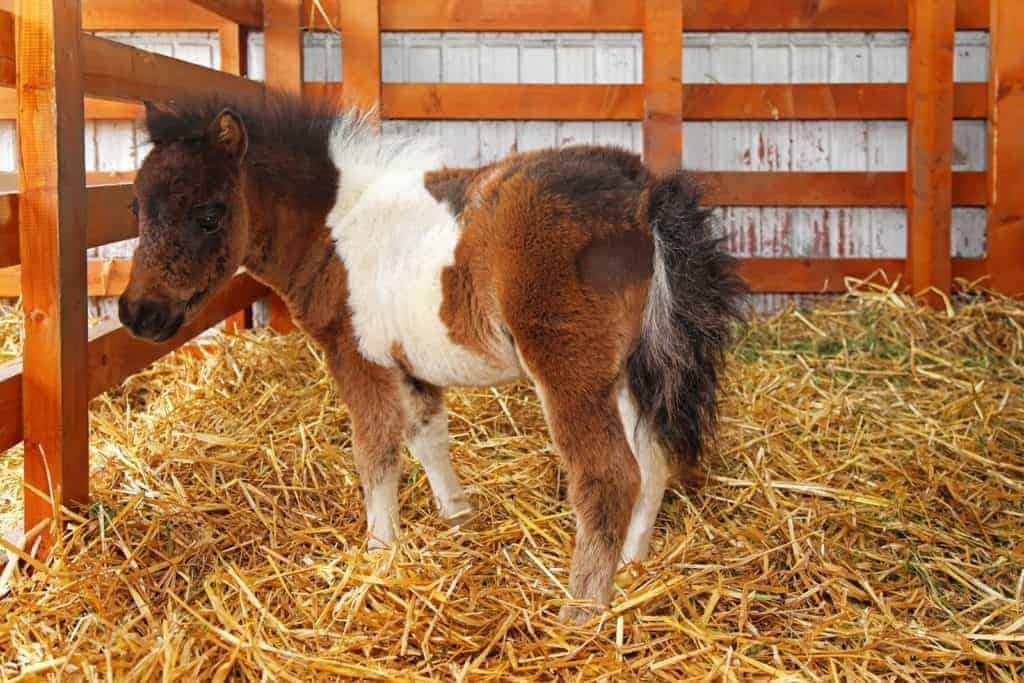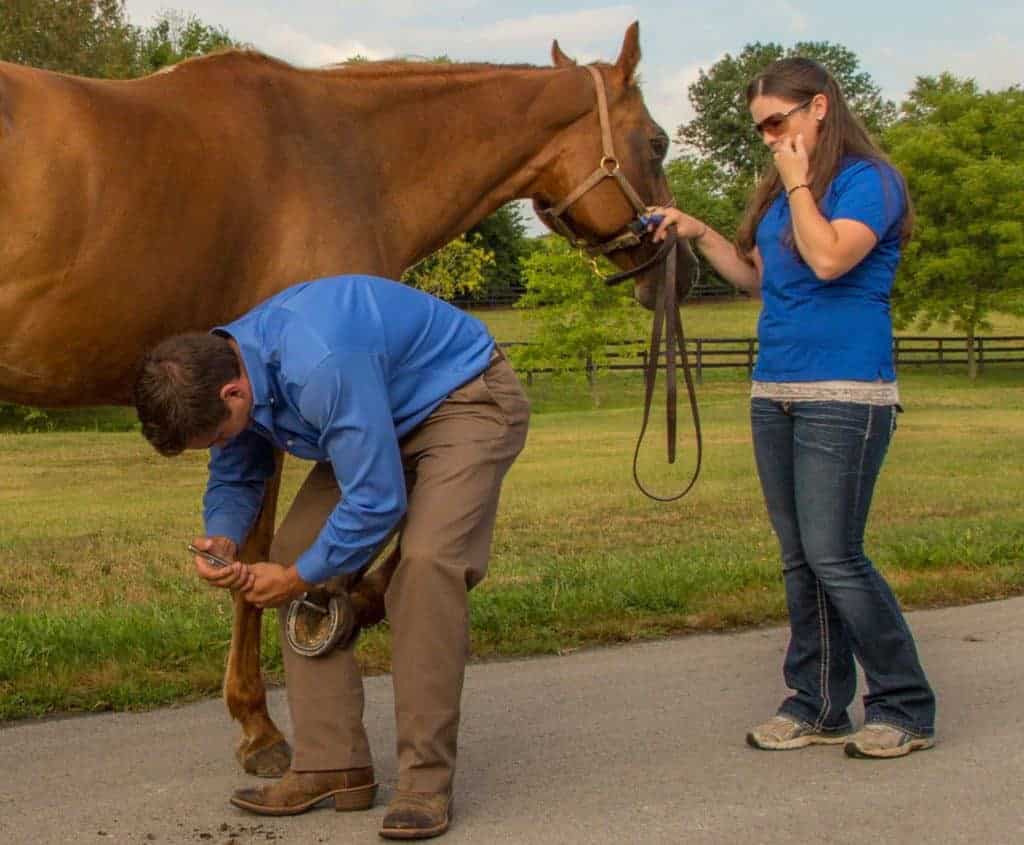
Eye Problems in Neonatal Foals
Because ocular problems are prevalent in foals, a veterinarian should examine a neonate’s eyes within 36 hours of birth.

Because ocular problems are prevalent in foals, a veterinarian should examine a neonate’s eyes within 36 hours of birth.

Here’s how to construct an automatic milking device with four parts, some tools, and less than $400.

Learn how a systematic approach can help practitioners identify minor dental issues before they become serious problems.

From physical restraint to pharmaceutical intervention, learn how veterinarians manage this uncommon phenomenon.

Study topics include ophthalmology, respiratory issues, cardiovascular problems, sarcoid treatments, and more.

Researchers determined that exercise causes horses’ back dimensions to change, which could negatively impact saddle fit.

Hearing loss occurs but is seldom reported. Learn about this condition, which impacts horses’ behavior and performance.

The new trimethoprim sulfadiazine (TMS) formulation reduced fever and eliminated infection in many treated horses.

Researchers found that ceftiofur did not penetrate the placenta effectively, making it a poor placentitis treatment.

Horses’ superficial digital flexor tendons stiffen as they age, putting the structures at risk of tearing.

Mare fertility declines with age in association with reduced follicle count, and AMH is correlated with follicle count.

Learn how equine practitioners can assess and pinpoint the source of foot pain using a methodical series of tests.
The convention featured 175 presentations across four days covering topics ranging from colic to regenerative therapies.
Quick take-homes from sessions on wild horses, barn fires, regenerative medicine, and dentistry.
Tidbits from sessions on the horse’s back, biosecurity, infectious disease, pelvic fractures, and more.

Researchers believe that estrogens could prove to be a useful early indicator of placentitis in the future.
Stay on top of the most recent Horse Health news with
"*" indicates required fields